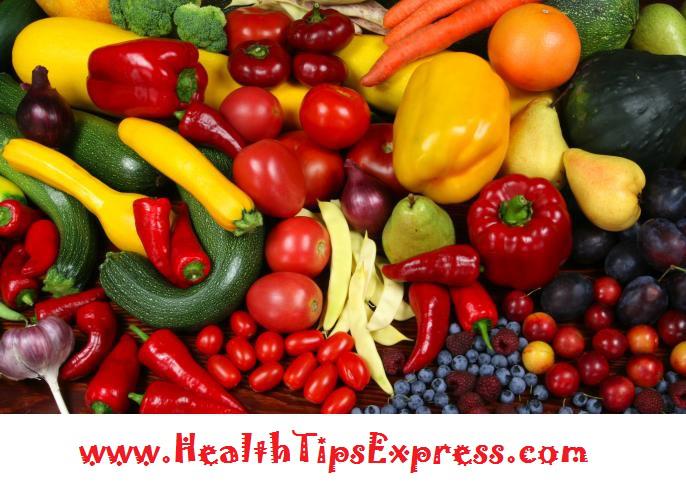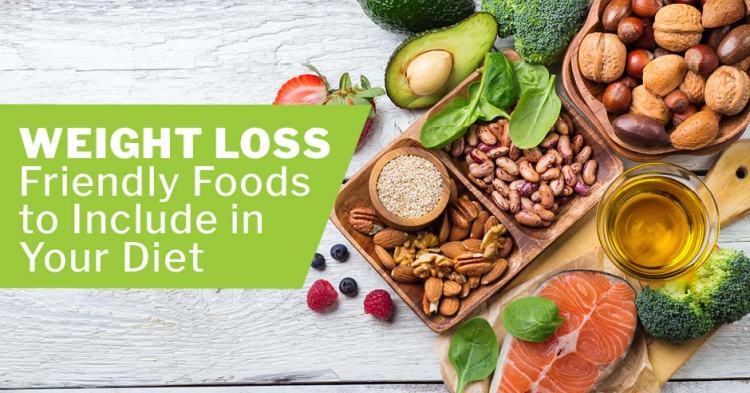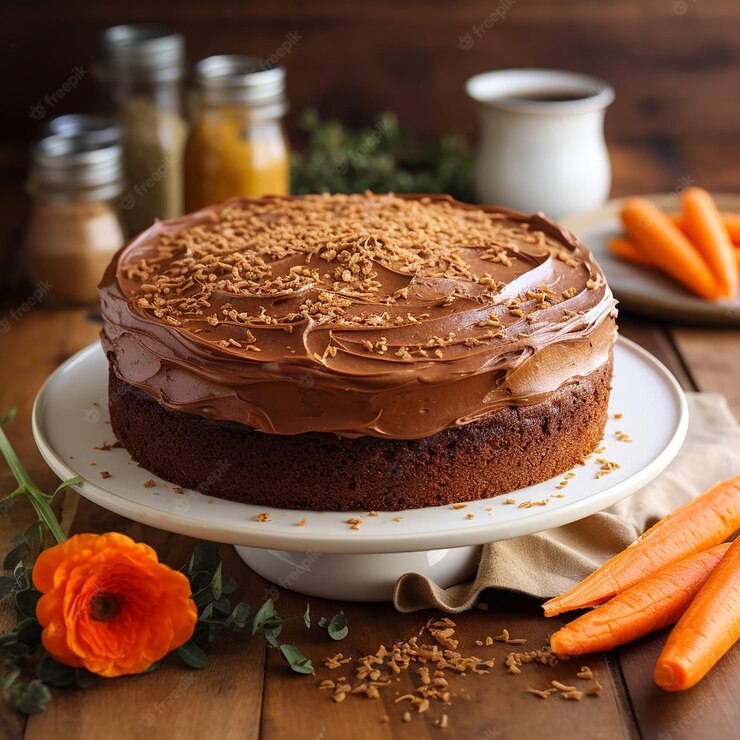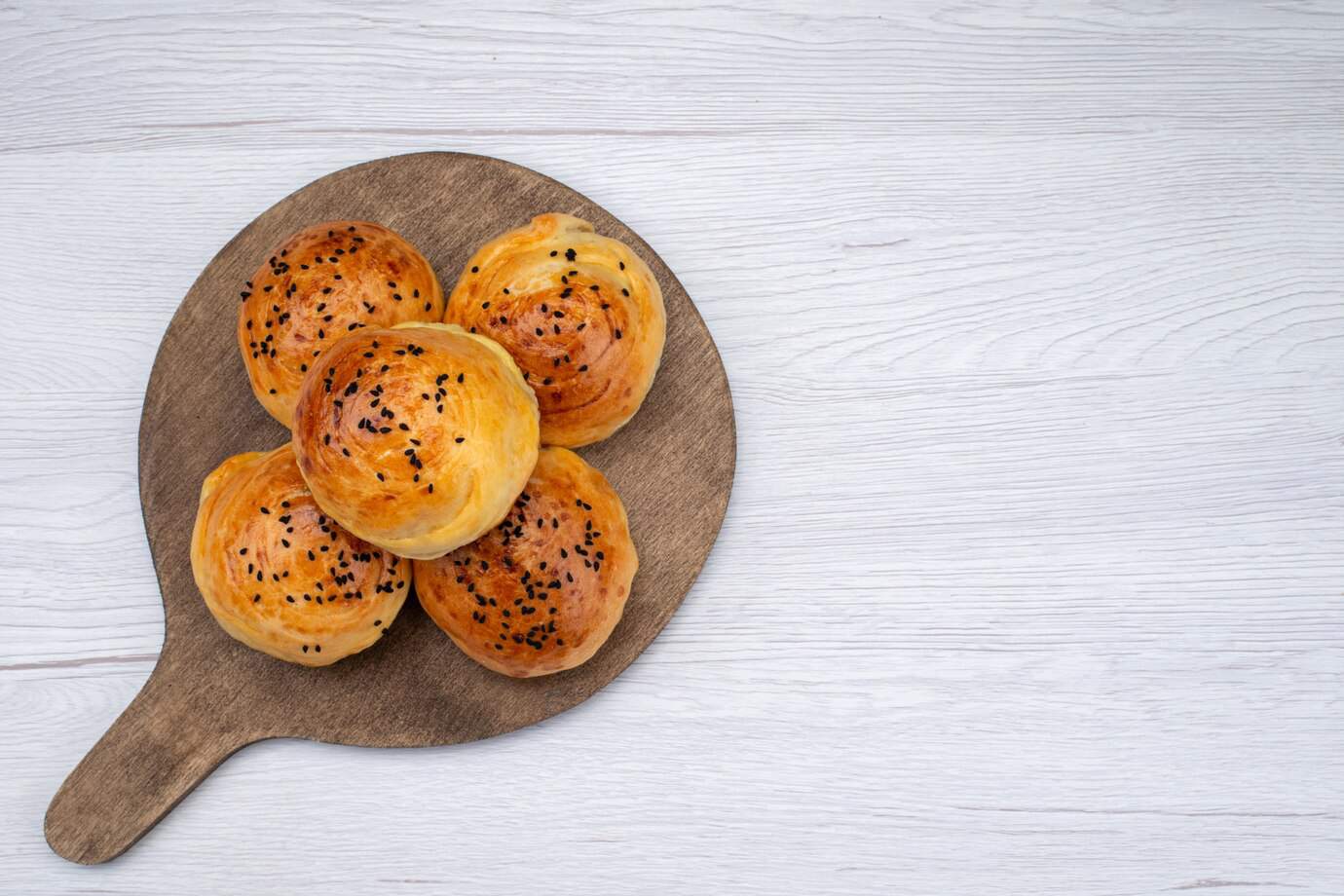Certainly, before the discovery of fire, we would have eaten all of our food raw. Even up until the invention of modern cooking technologies we may have eaten most of our food raw because of the time and energy saving aspect of eating this way.
Debate has raged over recent years about whether we are designed to eat our food cooked or raw. There are fierce advocates on both sides: Michael Pollan’s book-cooked representing the camp that argues our species survived because of our cooked diet, and documentaries such as Simply Raw, which documents the trials and tribulations of six diabetes sufferers who go on a raw foods diet for one month and effectively cure themselves of their disease.
Raw Food Diet
But the question about what is best for our bodies has been asked in more recent times, over the last few hundred years, as chronic diseases appeared to skyrocket.
High-profile celebrity endorsements for raw food diets has particularly generated more interest in this foodstyle. Demi Moore, Woody Harrelson, Carol Alt, Uma Thurman and Sting have all been vigorous proponents of raw food diets, enthusiastically touting both the health benefits (including weight loss) as well as environmental benefits of this way of eating.
Hundreds of raw food restaurants have sprung up in major cities all over the world, not to mention the thousands of juice bars and even mainstream restaurants that now include raw vegan alternatives on their menus.
But what actually IS a raw food diet? And how do you get it right nutritionally?
There are various ways of eating a raw food diet but all involve eating only foods that can be eaten in their whole, natural state, unheated beyond temperatures of 115 degrees Fahrenheit.
Many proponents choose to eat a vegan diet consisting primarily of fruits, vegetables, nuts, seeds, sprouted grains and legumes, fermented foods, superfoods and sea vegetables, eschewing all animal products.
Some proponents choose to eat raw animal milks or cultured yoghurts and cheeses and some even eat raw meat, but these foods should only be eaten with extreme care due to the possibility of bacterial contamination.
Many people embarking on a raw food diet decide to consult a raw food educational resource, coach, naturopath or nutritionist in order to make a safe transition to this way of eating. It’s important to make sure that your sources of protein, fats, healthy carbohydrates as well as iron, calcium and omega 3s are taken care of through your diet.
Turning off your stove or oven, it turns out, is not so difficult either. To eat a raw food diet you don’t really need any equipment at all. In fact the healthiest raw food diets involve very little processing of food. However, to make an easier transition, making foods that might resemble cooked foods in some way, equipment such as a good high-powered blender, juicer, mason jars for sprouting, a dehydrator for intensifying the flavors of raw foods and perhaps a spiralizer for creating those cool noodles out of zucchini, carrot, beetroot or cucumber, can make life a lot more exciting.
What to expect when you go raw
Initially, proponents say they experience a period of detox or ‘healing crisis’ where they may feel some flu-like symptoms, lethargy, headaches or skin breakouts. These pass on fairly quickly and a new-found energy and vibrance is ushered in.
Some choose to use a raw food eating plan for a short detox period, while others choose it as a way of life over a longer period. Either way, the benefits of weight-loss and general feelings of well-being are often touted by people who try this particular diet.




